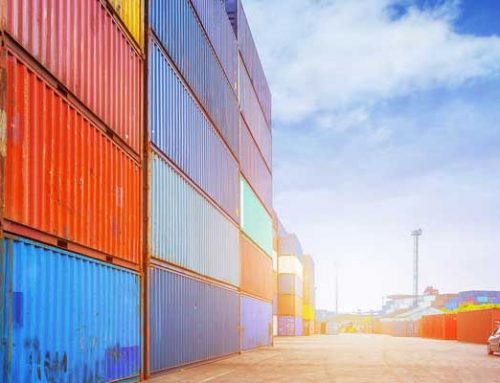Images of ports, cargo ships, and container yards show colourful shipping containers stored on top of each other. It’s one of the reasons why all shipping containers need to be made to international standards – so that they can be stacked and stored with ease. Precise design features indicate just how shipping containers stack on top of each other.
A close inspection will reveal how shipping containers stack on top of each other.
Every shipping container has corner casts for the purpose of stacking them one of top of each other. If you look carefully, you can easily spot the corner posts. They sit a little lower than the bottom of the container, and slightly higher that the top of the container. It is important that these corner casts align accurately as this provides the essential stability. In other words, only containers of the same size should be stacked on top of each other.
It is important to note that it is the corner posts and floor of a container that support its weight, and the weight of any containers stacked above it. The top of the container is not designed to support weight.
Container forklifts and cranes are used to place containers in stacks.
Once containers are aboard a ship, they are lashed into place. This prevents them moving or sliding when in transit. There are also twist-locks to secure them in place, but 3 can be stacked without requiring these locks. With locks, up to 7 containers can be stacked safely on top of each other.






